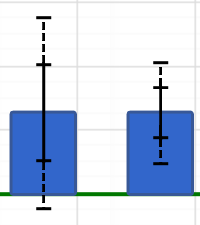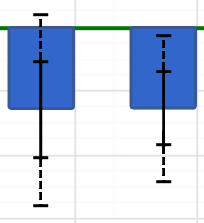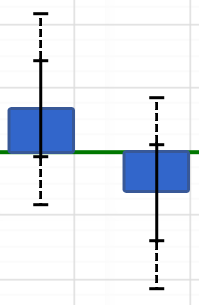- Measuring Growth
- Public Reports
- Restricted Reports
- Accountability Reports
- School Reports
- District Reports
- Teacher Reports
- Student Reports
- Comparison Reports
- Roster Verification (RV)
- Getting Started
- Specifying Instructional Responsibility
- All Actions by Role
- All Actions for Teachers
- All Actions for School Administrators or Roster Approvers
- Manage teachers' access to RV
- Assign other school users the Roster Approver permission
- View a teacher's rosters
- Take control of a teacher's rosters
- Add and remove rosters for a teacher
- Copy a roster
- Apply a percentage of instructional time to every student on a roster
- Batch print overclaimed and underclaimed students
- Remove students from a roster
- Add a student to a roster
- Return a teacher's rosters to the teacher
- Approve a teacher's rosters
- Submit your school's rosters to the district
- All Actions for district admin or district roster approvers
- Assign other district users the Roster Approver permission
- Take control of a school's rosters
- View a teacher's rosters
- View the history of a teacher's rosters
- Edit a teacher's rosters
- Add and remove rosters for a teacher
- Copy a roster
- Apply a percentage of instructional time to every student on a roster
- Batch print overclaimed and underclaimed students
- Return a school's rosters to the school
- Approve rosters that you have verified
- Submit your district's rosters
- Understanding the RV Pages
- Viewing the History of Actions on Rosters
- Additional Resources
- General Help
Teacher Custom Diagnostic
Interpreting the Data
The Teacher Custom Diagnostic report is similar to the Teacher Diagnostic report and can be interpreted in a similar way. However, there are a few important differences.
First, the students in both reports are placed into three groups based on their achievement levels. In a Teacher Diagnostic report, this placement is based on where each student's achievement level falls in the state distribution for the selected grade and subject or course. In contrast, in the Teacher Custom Diagnostic report, students are placed into three equal groups based on where each student's achievement falls in the distribution of students that you selected.
A simple growth measure is calculated for each group.
- For assessments analyzed with the gain model, the growth measure is the difference between the group's average score in the most recent year and the group's average score the previous year.
- For assessments analyzed with the predictive model, the growth measure is the difference between the group's average exiting score and the group's average expected score.
The Bar Chart
In the chart, the blue bars represent the growth of students in the most recent year. The green line represents expected growth.
Each bar has solid and dotted black whiskers. The solid whiskers mark one standard error above and below the growth measure, and the dotted whiskers mark two standard errors above and below the growth measure. It's important to consider the standard error as you interpret the growth measures represented by the bars on the chart. Consider the overall pattern of the bars rather than focusing on any individual value. However, it can be helpful to keep these guidelines in mind.
| A bar that is at least one standard error above the line suggests that the group's average achievement level increased. If the bar is at least two standard errors above the line, the evidence of growth is even stronger. |  |
| Likewise, if the bar is at least one standard error below the green line, the group likely lost ground academically, on average. If the bar is at least two standard errors below the line, the evidence is stronger. |  |
| Regardless of whether the bar is above or below the green line, if it is within one standard error of the line, the evidence suggests the group's average achievement did not increase or decrease. |  |
Keep in mind that the percentage of instructional responsibility is factored only into the analysis that generates the growth measures on the value-added reports. In contrast, the percentage of instructional responsibility is not included in the calculation of the growth measures in the diagnostic reports. In the diagnostic reports, the growth measure for each group reflects the influence of all teachers who had instructional responsibility in the selected grade and subject or course.
The Pie Chart
The pie chart indicates whether the data suggests that students exceeded, met, or fell short of expected growth.
The colors should be interpreted as follows:
Diagnostic Color | Growth Measure Compared to Expected Growth | Interpretation |
|---|---|---|
Light Blue | At least one standard error above | Moderate but not significant evidence that the students made less growth than expected. |
Light Green | Between one standard error above and one standard error below | Evidence that the students made growth as expected. |
Light Red | More than one standard error below | Moderate but not significant evidence that the students made more growth than expected. |